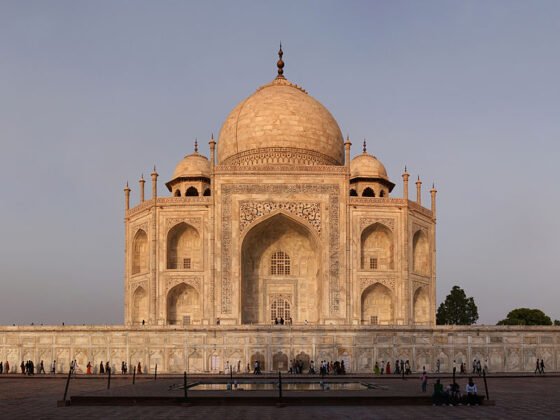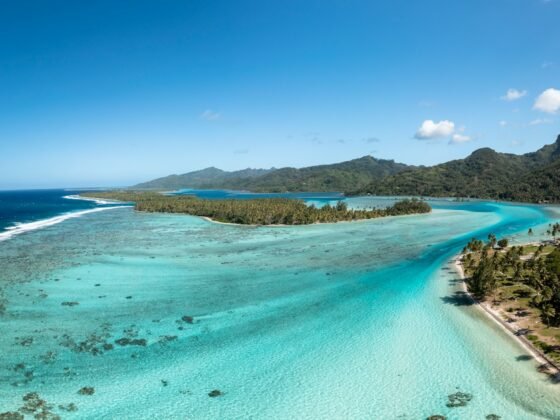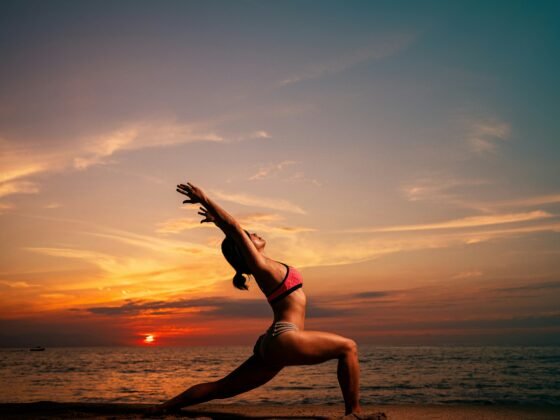Chad Holidays – Tours & Adventures Travel Guide
PureTravel Says
“Chad offers a side of Africa you may have not experienced before. Chad has had an interesting history since the beginning of time, all starting around the great Lake Chad—now slowly (though noticeably) getting smaller. Though the traditions are rooted in more conservative societal beliefs, you’ll find the people full of heart and openness seldom found in a country so historically ravished by civil war. Chad is now becoming a place to come and see wildlife, a place to vacation and a place to get enjoy the natural attractions.”
Chad Holiday Highlights
History & Culture - Chad was first defined as a national territory in 1910 and gained independence from France in 1960. Since then it has been subject to political instability and tensions, largely due to religious and cultural divisions between the Muslim north and Christian/animist south. The people of Chad are relaxed and friendly, but you should respect their traditional beliefs and customs.
N’Djaména, Chad’s capital is a friendly and laid-back city. Though some of the architecture is in ruins, or at least laced with bullet holes, you’ll find the people hospitable and friendly. A walking tour of the city can give you comparable views of the new and old part of the city—often called the Old Quarter. You can take a trip through the Central Market and bargain for rugs and jewelry—a part of any Muslim culture—and then take a walk through the National Museum, with collections of the Sarh culture dating back to the ninth century.
N’Djaména is located on the banks of Lake Chad which is the second largest wetland in Africa, and is a great place for boat trips. It was once one of the world largest freshwater lakes but it dried up during the 1984 drought and is slowly disappearing today. A finger of the lake reaches the small town of Bol all year and this is a great place to get on the lake to see the birdlife, floating islands and often hippos. This is best done between November and February and you can hire a boat at the port.
Abéché is a former capital of the powerful Ouadaï sultanate. This fascinating old town surrounded by desert has retained an oriental charm with interesting mosques, cobbled narrow streets and old markets. Other interesting cities include Moundou and Sarh.
The town of Fada is about 1,100km (680miles) from the capital. It is located in a beautiful area with weird rock formations and some fascinating grottos containing cave paintings, dated at over 5000 years old. About 80km (50mi) from town is the famous Guelta d'Archei geological formation. If you travel to Faba from Abéché, you pass Libyan tanks rusting by the side of the road.
In the northeast lies the otherworldly desert landscapes of Ennedi while in Northern Chad there is the beautiful volcanic Tibesti range set among Saharan sand dunes. The country’s highest peak is Emi Koussi, in the Sahara. Other places of interest include the Chad National Museum and the Chad Cultural Centre.
Nature & Wildlife - Lake Chad has the highest water level between August and December, and you will see the occasional crocodile or hippo. Although it is shrinking it is still of huge economic importance, providing water to millions of people in neighboring countries
Just south of N’Djaména is the Zakouma National Park, which is teeming with wildlife. It has been restocked and has large herds of elephants, lions, giraffes, wildebeests, monkeys, and a wide variety of antelopes and birdlife. In March and April animals congregate round the waterholes, making it a good time to visit. From June to October the rains make it impossible to visit. Organize a visit through one of N'Djaména's travel agencies.
Chad is also home to some stunning wildlife such as the Nile Crocodile and was the home of the last Saharan lion.
Walking, Hiking & Trekking - The Tibesti Mountains are closed to foreigners and travelers but you can hike, walk and trek in other areas such as The Zakouma National Park, which is a plain terrain and has plenty of animals if you’d like a day or multi-day walking tour. There are some elephants (almost 4,000), lions (nearing 200) and other animals that have been reintroduced since the super-poaching of the civil war. A hike or walk around Lake Chad, due north of the city offers some great sights to see in the remnants of the salt trade. It’s more than possible to see hippos and crocs in the water.
Mountain Biking - If you decide to take your bike to Chad, be prepared for some long hauls. When you take a tour, however, support vehicles would be key to getting to places that have anything remotely similar to comfortable sleeping arrangements. The country, by general biking standards, is fairly smooth, if not a bit uneven. One of the best places to bike is in the central highlands, in the Guera Region where hills can reach 1500 meters and valleys can reach sea level. A bike tour around the eastern side of Lake Chad could be rewarding, but you’ll have to find a tour operator willing to set up a trip here. The Ennedi Plateau, which eventually connects to Lake Chad, gives way to some nice bike touring as well. Unfortunately, the Tibesti Mountains are off limits to non-Muslim travelers.
Fishing - Lake Chad is the second largest lake in West Africa, but perhaps not for long. The lake is getting smaller and the population who use to make a living here is dwindling. Back in the 60s-80s, fishing produced about 120,000 maximum tons of fish per year (with Chad taking about 70% of this). Today, the fishing economy around Lake Chad has diminished. While it is possible to go fishing on the Lake, with plenty of islands on the eastern side of the border with Niger and Nigeria, the fishing is just not the same and has yet to recover. The Nile Perch is one of the most caught fish in the Lake and its tributaries.
Camel Racing - Many champion camel racers have come from the Tibesti Mountains region. Perhaps when times change, travelers will get to see the camel races held here. If you are a Muslim, you may have the opportunity to see the races firsthand. If you’re not a Muslim, please don’t even try to get in or counterfeit a religion.
When To Go
Chad is hot and tropical in most places, though it is a big country and the temperatures can vary in different areas. The north has little rain all year. It can really rain at any time of the year there, with cooler temperatures being the norm. The southern part of the country has a more distinct wet and dry season. The rains come in around the beginning of May and last till the beginning or mid October. The rest of the time is dryer, cooler and windier. The coolest time for general travel is November to January but to see game at Zakouma National Park the hot months of March and April are best, as you can wait near waterholes to see the wildlife.
Top Tips
- You’ll have to pay an exit and security tax when you leave the country if you stay longer than 24 hours.
- This is a Muslim country and it is wise to dress appropriately. Don’t use your left hand for shaking hands or eating.
- Photographing military sites, airports and official buildings is prohibited. Other photography requires a Government permit.
- Travelers should carry identification at all times (either a residence permit or a certified passport copy).
Classic Itineraries
- Take a boat trip on Lake Chad
- See wildlife at Zakouma National Park
- Walk through the Old Quarter of N’Djaména Walking)
- Visit the National Museum in N’Djaména










